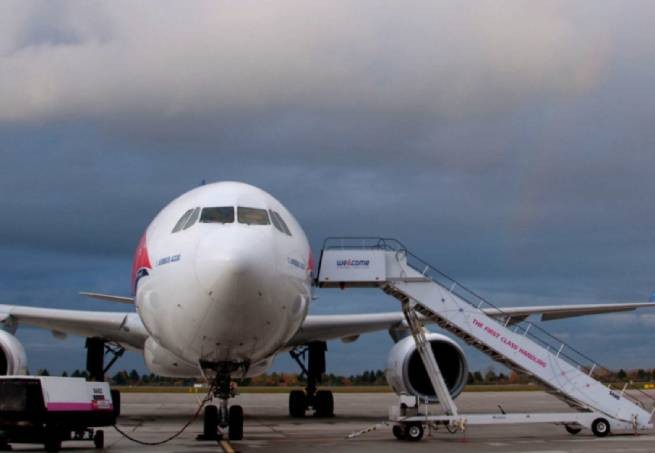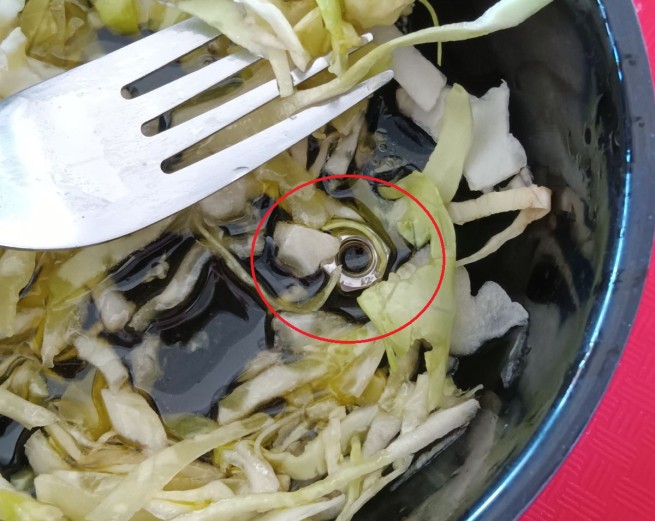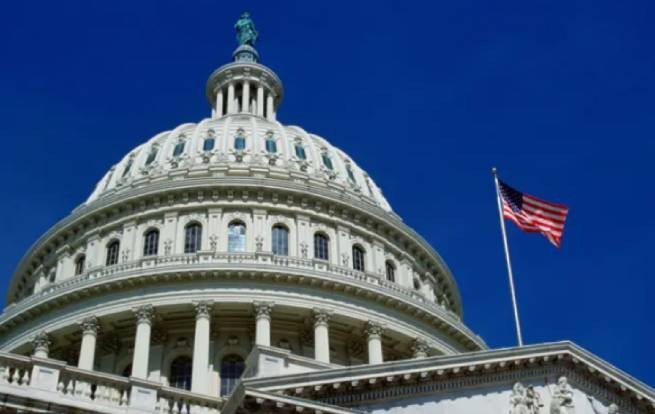Drivers of petrol vehicles and especially owners of models larger than 1400-1600 cc were most affected, forcing them to restrict travel.
From February 1, 2021 to February 1, 2022, the average price of 95 octane unleaded petrol in Greece increased from EUR 1.49 to EUR 1.83 (+23%), and for diesel fuel from EUR 1.23 to 1.57 euros.
Thus, refueling the tank is very costly. Now, if the driver fills up his car for the amount of 20 euros, the fuel gauge on the dial will remain almost stationary.
Drivers of gasoline vehicles and especially owners of models larger than 1400-1600 cc were most affected, forcing them to drastically reduce their movements to the bare necessities. It is clear that drivers who commute to work every day and cannot help but use a car are forced to spend money on fuel, regardless of the price.
The cost of refueling a full tank is almost 20 euros more
Specifically, for an average family model with a 1.6-liter engine, the cost of filling a 55-liter tank with gasoline reaches three figures, with an average price of 1.83 euros, it is 100.6 euros. Last year, in February (average price 1.49 euros), it was 81.9 euros (almost 20 euros less). Also for a distance of 100 km and an average consumption of 8 liters / 100 km, the cost increases from 11.9 euros to 14.6 euros. The fuel pump “burns” even more car owners living on the islands, as well as those who have to fill up gasoline at highway gas stations, where prices per liter reach up to 2 euros.
Lucky for those with diesel
Drivers of models that “burn” diesel are clearly more fortunate. Due to their technology and lower fuel consumption (on average, diesel engines burn 40%-50% less than a corresponding gasoline engine), they can drive relatively economically compared to owners of gasoline models.
Today, a full refueling on a diesel model (with a 55 liter tank) costs 86.3 euros (based on 1.57 euros / liter of diesel fuel), while last year, at an average price of 1.23 euros / liter, the driver would pay 76 .6 euros. At the same time, the increase in fuel consumption has significantly increased the cost of a car trip. If, for example, a year ago an average SUV with a 1.4 liter petrol engine spent 104 euros on a return trip from Athens to Thessaloniki (based on 1.49 euros per liter and an average consumption of 7 liters / 100 km), today for a trip in this the same car cost increased to 128 euros! (based on an average price of 1.83 euros per liter of unleaded petrol with an octane rating of 95).
But even for those who could move more economically, because. their car had a liquefied gas system, it now looks like a midsummer night’s dream. LPG car owners see a liter of LPG rise from EUR 0.80 to EUR 1.04 (30% increase) over the course of the year.
With fuel prices hitting a ceiling in recent weeks, more drivers than ever are looking at the fuel gauge on their car’s gauge.
Economical driving rules can give a driver a break. At the same time, experts say that golden eco-driving tips can help achieve significant reductions in fuel consumption, from 20% to 30%, thanks to which the driver can save tens of kilometers.
The first important step is to check the tire pressure. Low pressure increases fuel consumption by 15%-20%.
Extra pounds in the car, such as unnecessary things in the trunk, increase the weight of the car and fuel consumption.
Even more important is speed. Reckless drivers need to study the economical mode of operation of the engines of their iron horse and remember that high speed increases consumption by up to 100% compared to economical.
The last tip is slightly irrelevant for winter, but nevertheless: an open window increases fuel consumption by up to 10% due to the deterioration of aerodynamics, as does the high beam…
Read more in the publication 15 ways to save gas.






More Stories
Flood victims in Thessaly will pay property tax (ENFIA)
Fines of 1.5 million euros for 11 large retail chains, including Leroy Merlin, Attica and JYSK
Reuters reveals what the Mitsotakis government doesn't want to talk about: “Huge debt – low wages”